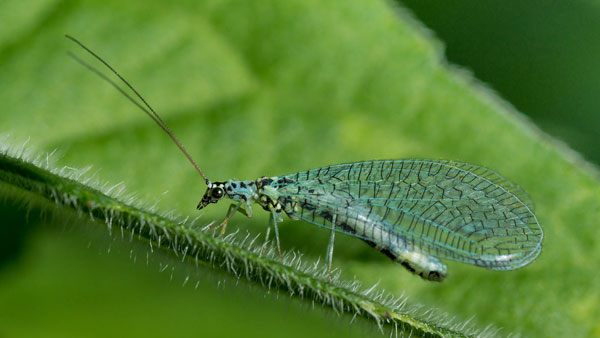Biopesticides deliver significant value to each link in the production chain, but that value begins with benefits derived by the grower. One key element of that value proposition is that biocontrols target specific pests without disrupting the beneficial components of an agroecosystem. For instance, most bioinsecticides do not harm beneficial insect populations and bioherbicides tend to be specific for a single weed species. Still, some biocontrols, particularly those used for disease management, tend to be more broad spectrum, making them useful for managing the multiple pathogens that challenge the growth of most crops.
While many insect species have a negative impact on crop production, beneficial insects have the opposite effect. These benefits may derive from the insect’s role as a pollinator or through its place as a natural predator to the insects that cause damage. Several species of beetles, flies, and wasps fall into this category. By helping to maintain populations of natural enemies to damaging insects, biocontrols play an important role in integrated pest management programs. Keeping beneficial insects healthy helps reduce pest problems to acceptable levels and helps growers manage the judicious use of pest control products.

